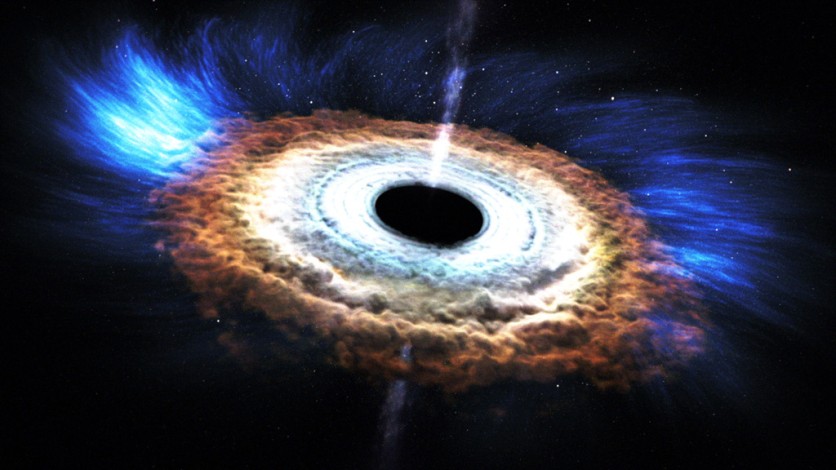Everywhere we move - whether on the land, air, or water - we always push against something. Physicists believe this is constant on Earth due to the concept of conservation of momentum up until recently.
The Georgia Institute of Technology's researchers has now demonstrated the opposite, showing that bodies can move in curved regions without bumping against anything.

Physics-Defying Robot
According to a press release by the university on Monday, the new study was directed by Zeb Rocklin, an assistant professor in the School of Physics at Georgia Tech.
It involved the engineering of a robot that was kept on a sphere with unprecedented levels of isolation from its surroundings so that its curvature-induced effects would predominate.
"We let our shape-changing object move on the simplest curved space, a sphere, to systematically study the motion in curved space," Rocklin said in a statement.
"We learned that the predicted effect, which was so counter-intuitive it was dismissed by some physicists, indeed occurred: as the robot changed its shape, it inched forward around the sphere in a way that could not be attributed to environmental interactions," he added.
The goal of the research was to determine how an object can travel across a curved area. They allowed a set of motors to travel along curved rails as moving masses in order to restrict the object on the sphere with the least amount of contact or momentum exchange with the surroundings.
Navigating Around Black Holes
The system was then completely coupled to a rotating shaft, causing the motors to always revolve around a sphere. Air bearings and bushings were used to support the shaft in order to reduce friction, and the shaft's position with respect to the Earth's gravity was modified in order to reduce the gravitational pull that still remained on it.
Gravity and friction began to have a little effect on the robot as it moved forward after that. These forces combined with the curvature effects create a peculiar dynamic with qualities neither force could have created on its own.
Rocklin hopes that the experimental methods created will enable other researchers to investigate these curved worlds.
The research illustrates how curved environments can be achieved and how it fundamentally violates physical rules and intuition created for flat space.
By simulating the environment in which celestial objects live, the researchers believe that such robots might one day assist us in navigating around black holes.
Related Article : Scientists Invent a Tiny Robot With 'Human-Like Hands' That Can Lift 1000 Times Its Own Weight!
This article is owned by Tech Times
Written by Joaquin Victor Tacla
ⓒ 2025 TECHTIMES.com All rights reserved. Do not reproduce without permission.




